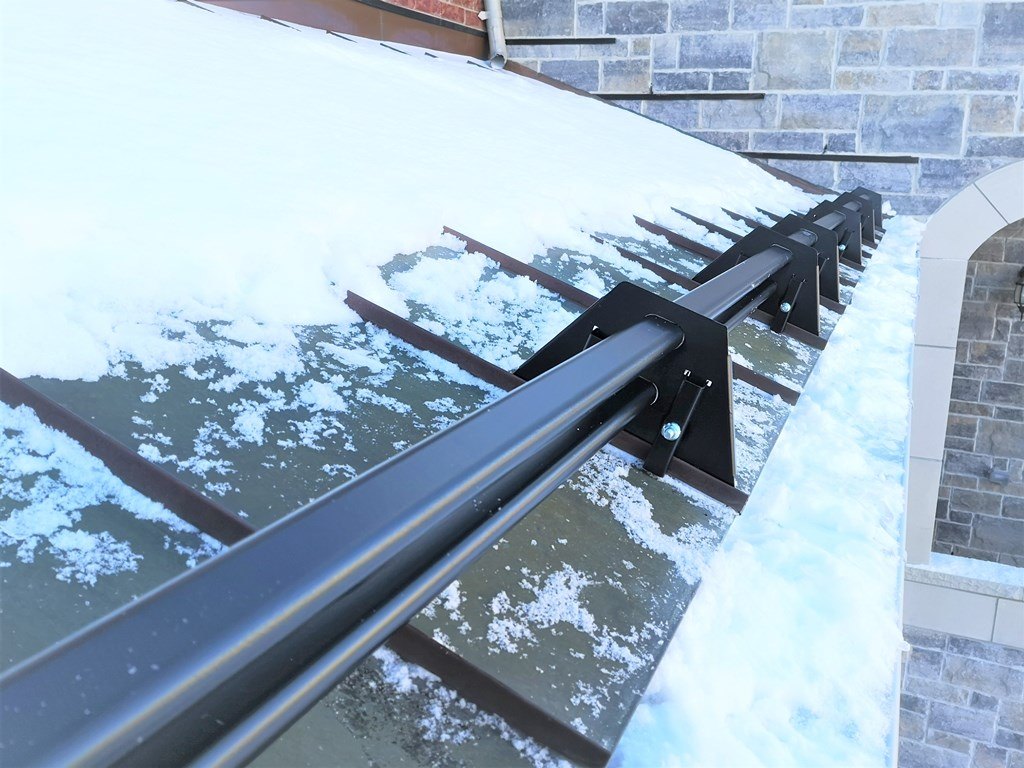
SNOW GUARDS FOR METAL ROOFS INSTALL
In that case, it might be possible to install that rail right above the unit to protect it instead of adding an additional section. Suppose you have an intermediate rail spaced close to the A/C unit or a vent. If there will be vent pipes or other accessories on the roof that could be damaged by sliding snow, consider installing a short section of rails or tubes above the accessory.
SNOW GUARDS FOR METAL ROOFS CODE
The higher snow loads may also require multiple two- or three-bar systems to meet the building code requirements. Steep roofs, generally in excess of a 6:12 pitch, may require a system that consists of two or more bars mounted on the brackets, especially to handle the higher snow loads. The calculations will show the most effective placement if multiple rails are required. That information goes into the calculations to determine if a single rail near the eave will be sufficient or if multiple rails are necessary. They will have access to testing data showing the strength of the bars or rails and the design loads for the clamps/brackets attached to the roof panels.

The engineer will then recommend the position and placement of the pads or snow rail system based on all of the above conditions. Plan ahead if solar will be added to a roof in snow country. Things to consider when choosing a snow retention system:Īllow space between the PV array and the eave so that snow can begin to slide off the panels before it contacts the snow rails. It is better to secure a system without penetrating the roof whenever possible for obvious reasons. If the roof has standing-seam panels, either pads that adhere to the surface of the panel can be used or a system that attaches to the standing seams using non-penetrating clamps designed to fit the seam type. If the roof is through-fastened, one can choose either an adhered pad system or a system comprised of pads or brackets that fasten through the roof into the structure below the metal panels. The type of roof - standing seam or through fastened - is the first consideration when determining which type of snow retention system should be used. We’ll look at the different criteria for deciding which to choose later on. Steeper slope roofs and low slope roofs in high snow areas would best benefit from the bar types or multiple tube snow retention systems.

Unless carefully installed, a small percentage of adhesive-applied pads will likely need to be re-adhered to the roof within a couple of years.

Pads are installed on canopies, or short overhangs where snow buildup will be minimal but sliding snow will be more of a nuisance than a danger.

Pads, adhered or fastened to the roof surface, are most effective in areas with light snow and residential roofs with relatively low slope or pitch. Here are some of the things to consider when deciding which system best suits a customer’s needs. Snow retention systems include bars, tubes, round and square, as well as individual pads of all sizes, shapes, and materials.


 0 kommentar(er)
0 kommentar(er)
